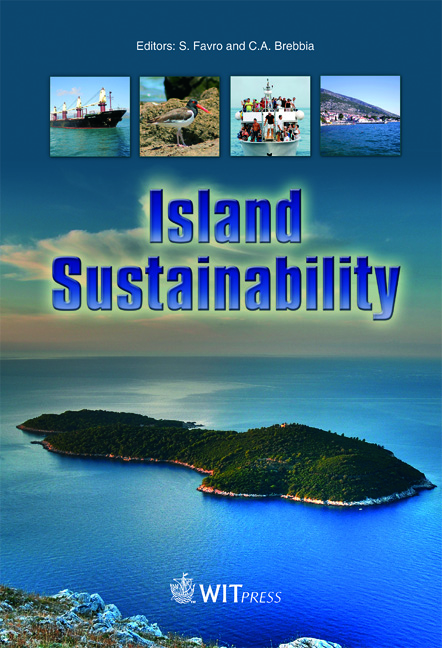Application Of Composite Materials For The Protection Of Sea Shores And Engineering Structures Against The Impact Of Waves
Price
Free (open access)
Transaction
Volume
130
Pages
8
Page Range
231 - 238
Published
2010
Size
1,778 kb
Paper DOI
10.2495/ISLANDS100201
Copyright
WIT Press
Author(s)
E. S. Ashpiz, A. O. Egorov & A. E. Ushakov
Abstract
The impact of sea waves creates considerable problems for the operation of the Tuapse–Adler railway which runs along the Russian Black Sea coast. The traditional means of protecting the railway against the impact of waves include pebble beaches, concrete seawalls, piers and shaped blocks. The disadvantages of today’s concrete seawalls are high costs and long construction periods. To address these disadvantages a high-tech structure was developed made of composite materials which is lighter and more durable compared with traditional means. Keywords: coastal erosion, calculation, railway embankment, seawalls, geogrid. 1 Introduction Protecting sea shores against destruction by sea waves is still an issue of topical importance for many countries. In Russia, the most important area related to this issue is the Black Sea coast. The adverse effect of the sea creates problems for the Tuapse–Adler railway which stretches about 90 kilometers along the coast line [1], is subject to abrasion and has alongshore flows of pebble sediment [2]. In order to protect the railway, numerous engineering structures were erected, many of which have become defective over the years and need to be repaired. Moreover, at present a second rail track is under construction and its major part runs along the sea which creates the need to build new protective structures. It must be noted that the safety of railway traffic on this line strongly depends on
Keywords
coastal erosion, calculation, railway embankment, seawalls, geogrid





